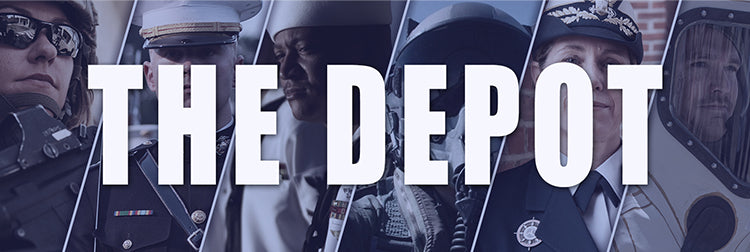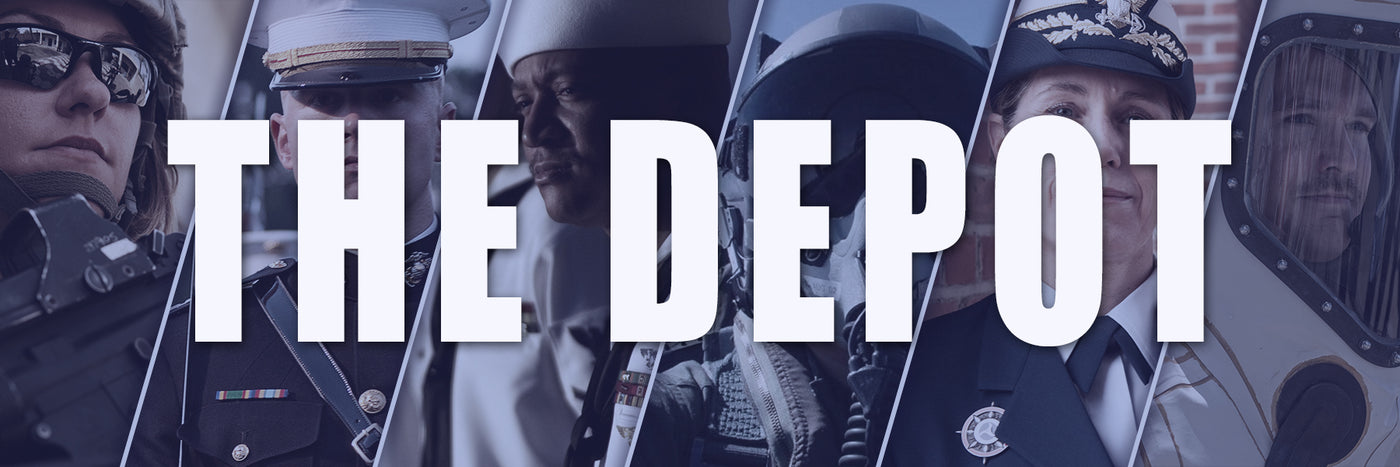
What Is A Blue Star Family? Everything You Need To Know
A Blue Star Family is the immediate family of a U.S. military member who is serving during war. They are authorized by the U.S. government to hang the Blue Star...
Blog Staff |
ARMED FORCES SUPER STORE 1-877-653-9577 | 8 - 7 CST MON-FRI



A Blue Star Family is the immediate family of a U.S. military member who is serving during war. They are authorized by the U.S. government to hang the Blue Star...
Blog Staff |